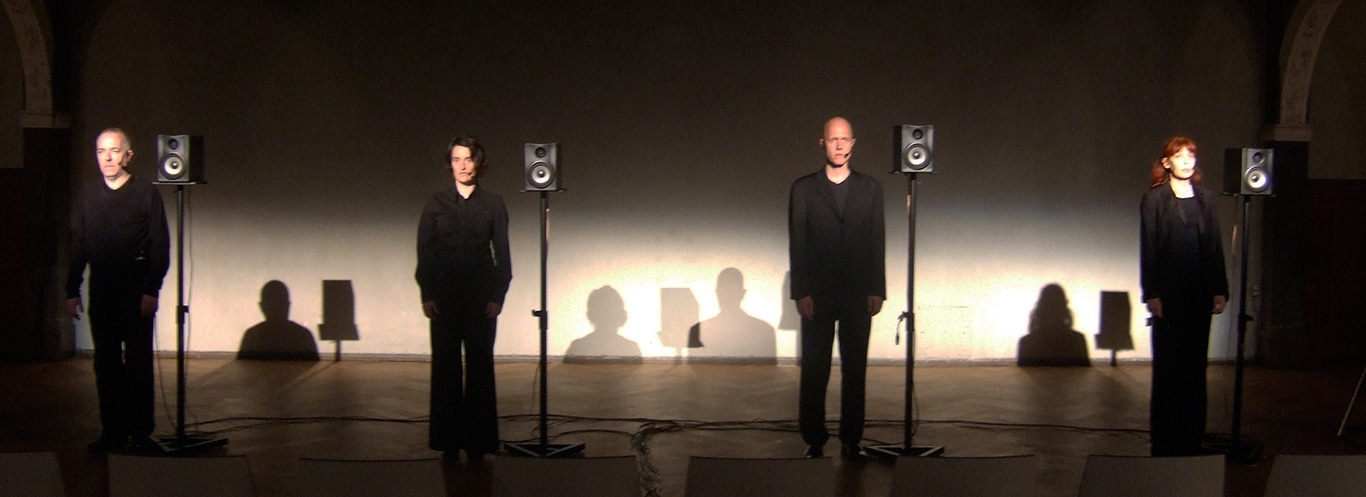
| *1964, lebt in Berlin.
Studium der Akustik und Kommunikationstechnik in München und der Religionsphilosophie in Berlin. Seit 1996 selbständig als Komponist und Klangkünstler, seit 2003 auch als Video/-Medienkünstler. 2000 konzeptionelle Grundlegung von comaberlin Produktion intermedialer Kunst Sondierung, Entwicklung und Realisierung von Klangsituationen. 2003 Gründung von KlangQuadrat – Büro für Klang- und Medienkunst Berlin mit Julia Gerlach zur Organisation und Produktion von Klang- und Medienkunstprojekten. Von 2001 bis 2005 im Vorstand der Berliner Gesellschaft für Neue Musik. Entwicklung eines politisch-situativen Klangkunstbegriffs sowie musikalischer Konzepte zur Interaktivität und Partizipation. Erweiterung des öffentlichen Raums durch die mediale Interventionen, Entwicklung von dialog-orientierten Installationen mit Steffi Weismann, Anwendung politisch-medialer Fakes als künstlerische Strategie. Georg Klein wurde u.a. mit dem Gustav-Mahler-Kompositionspreis 1999, dem Deutschen Klangkunstpreis 2002 und dem Medien-Raum-Preis 2006 ausgezeichnet und erhielt Stipendien u.a. in Rom (Casa Baldi, 2006) und Istanbul (2010). |
As in many of his installations, Georg Kein uses spoken language in his concert piece, which oscillates between the sound of speech and the meaning of words. But in contrast to the installative constellation, in which a technical apparatus digitally cuts up the spoken language ("Interactive Variation"), here the language is acoustically broken down into the smallest particles by the performers.
The voice performers imitate a digital technique in analog form. This, in turn, appears as an irritating playback, so that the perception of the listener is required, who does not know which sound is produced technically or live-acoustically. While in his instrumental pieces Spiegelgespräche I+II (1998) and sixis (2006) the technical medium serves as a temporal mirror of an acoustic process, here the acoustic performance becomes the mirror of a technical process: that of the wandering time window over an acoustic event, in this case two short words.
The loudness results exclusively from the brevity or length of this time window, which the performers must produce at a constant, high level of intensity. The piece consists of two parts with a simple dramaturgical structure that results from the enlargement or reduction of the time window. The sense of the word is only gradually revealed and takes a surprising turn in the second part. And because of the high, constant intensity of speech, the technical approach takes on a strong emotional aspect, between a torn scream and suppressed silence.
maulwerker performing music: SPEAKERS
Villa Elisabeth, Berlin 2010, performed by Michael Hirsch, Christian Kesten, Katarina Rasinski, Steffi Weismann
